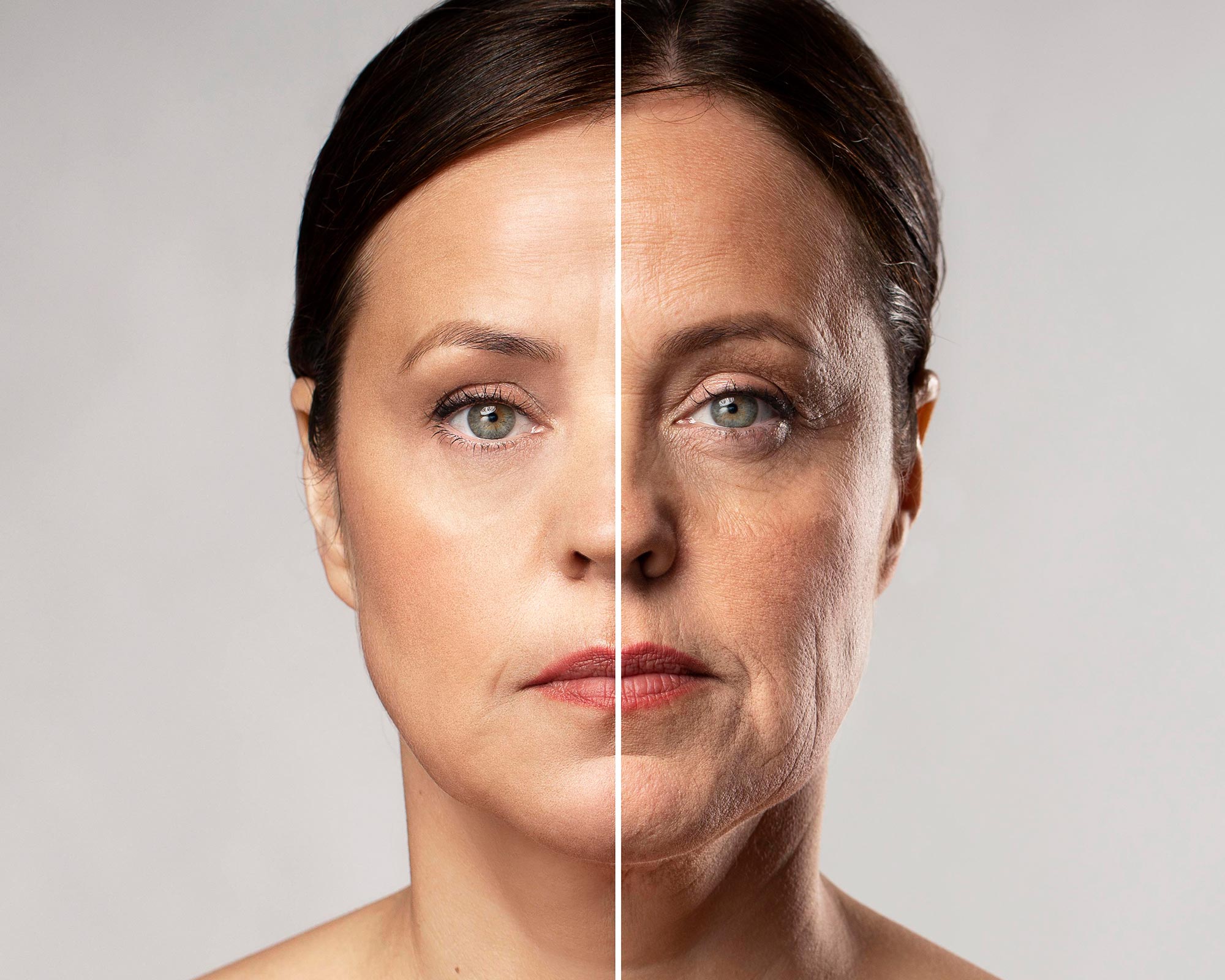

Los extractos de cocklebur, que se derivan de los frutos de una planta que a menudo se considera una mala hierba, han demostrado su potencial para proteger la piel, acelerar la cicatrización de heridas y combatir las arrugas debido a sus propiedades antioxidantes y antiinflamatorias. Los investigadores descubrieron que estos extractos redujeron el daño de los rayos UV y mejoraron la cicatrización de heridas en las pruebas de laboratorio, al mismo tiempo que afectaron la producción de colágeno, que mantiene la elasticidad de la piel. Los resultados sugieren que Cocklebur podría ser un ingrediente valioso en cosméticos, especialmente cuando se combina con otros compuestos efectivos como el ácido hialurónico o el ácido retinoico para combatir el envejecimiento.
Los extractos de Cocklebur pueden proteger la piel, acelerar la cicatrización de heridas y prevenir las arrugas.
Un nuevo estudio muestra que el fruto de la planta cocklebur, que crece en todo el mundo y a menudo se considera una hierba nociva, contiene componentes antioxidantes y antiinflamatorios que pueden hacerlo útil como protector de la piel.
Los investigadores encontraron que los compuestos en[{” attribute=””>species’ spiky fruits reduced damage from UVB exposure and sped wound healing in laboratory tests using cells and tissues. The cocklebur extracts also appear to influence the production of collagen, a protein that gives skin its elasticity and prevents wrinkles.
“We found that cocklebur fruit has the potential to protect the skin and help enhance production of collagen,” said Eunsu Song, a doctoral candidate at Myongji University in South Korea, who conducted the research with Myongji University Professsor Jinah Hwang. “In this regard, it could be an attractive ingredient for creams or other cosmetic forms. It will likely show a synergistic effect if it is mixed with other effective compounds, such as hyaluronic acid or retinoic acid, against aging.”
Song presented the new research at Discover BMB, the annual meeting of the American Society for Biochemistry and Molecular Biology, March 25–28 in Seattle.

Cocklebur (Xanthium strumarium) is a species of flowering plant belonging to the Asteraceae family. It is an annual, herbaceous plant known for its rough, oval-shaped burs, which are covered in hooked spines. These burs easily attach themselves to clothing, fur, and feathers, enabling the plant’s seeds to be dispersed over long distances. Cocklebur is native to the Americas but has become an invasive species in various parts of the world. It is considered a noxious weed in some regions due to its toxicity and impact on agriculture. The plant’s seeds and seedlings contain a toxic substance called carboxyatratyloside, which can be harmful or even fatal to humans and animals if ingested in significant amounts.
Cocklebur is a plant native to Southern Europe, Central Asia, and China that has spread worldwide, often found in moist or sandy areas such as roadside ditches and riverbanks. Its distinctive fruits, covered in stiff husks and burrs, have been used for centuries in traditional medicines for headache, stuffy nose, disorders of skin pigmentation, tuberculosis-related illness and rheumatoid arthritis. In recent years scientists have explored its potential use in treatments for rheumatoid arthritis and cancer.
The new study is the first to examine the fruit’s properties as a wound-healing agent and skin protectant. Researchers first studied the molecular properties of cocklebur fruit extracts and isolated particular compounds that could contribute to antioxidant and anti-inflammatory effects. They then used cell cultures and a 3D tissue model with properties similar to human skin to study how these compounds affect collagen production, wound healing, and damage from UVB radiation.
The results showed that the cocklebur fruit extracts encouraged collagen production, sped wound healing and exerted a protective effect against UVB radiation. Comparing the bioactivity of cocklebur fruits grown in different places, the researchers found that fruits grown in South Korea had slightly higher anti-oxidant and anti-inflammatory properties and greater wound-healing activity than those grown in China.
Researchers cautioned that high doses of cocklebur fruit extract can be harmful and further research is needed to determine how to use it safely in cosmetic or pharmaceutical applications.
“In its burrs, cocklebur fruit also has a toxic constituent, carboxyatractyloside, which can damage the liver,” said Song. “Cocklebur showed a potential as a cosmetic agent by increasing collagen synthesis; however, it showed negative results with higher concentrations. Therefore, finding the proper concentration seems very important and would be key to commercializing cocklebur fruit extracts in cosmetics.”
Moving forward, the researchers plan to further study the biological mechanisms involved and conduct experiments in animal alternatives to explore ways to safely adapt cocklebur fruit extracts for use in cosmetic products.
Meeting: Discover BMB
This research was supported by the National Research Foundation of Korea (NRF) grant funded by the Korea government (MIST) (No. NRF-2021R1A2C10 12890).

“Futuro ídolo adolescente. Explorador amigable. Alborotador. Especialista en música. Practicante ávido de las redes sociales. Solucionador de problemas”.





More Stories
Compensar el sueño los fines de semana puede reducir el riesgo de enfermedad cardíaca en una quinta parte: estudio | Cardiopatía
¿Cómo se hicieron los agujeros negros tan grandes y rápidos? La respuesta está en la oscuridad.
Una estudiante de la Universidad de Carolina del Norte se convertirá en la mujer más joven en cruzar las fronteras del espacio a bordo de Blue Origin